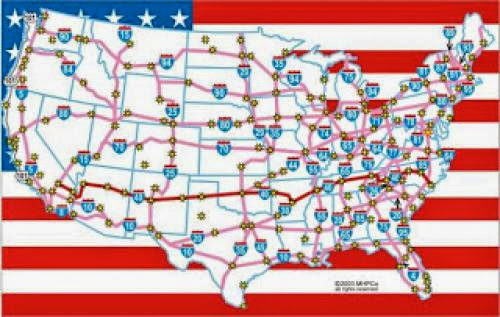
I was thus initially shocked to learn that last year American wind energy generation construction declined by around 50%. Worse into the future, most of the incentives for renewable energy will expire in 2012, and the Republican crusade to reduce government spending will probably prevail so the odds are high that these tax and investment breaks will NOT be renewed.
On the mainland, wind competes with natural gas in the production of electricity. Click on that article immediately above, and you will learn that expiration of these incentives will mean that wind power will fall short of being competitive.
Hawaii wind farms could well be in triple jeopardy, for not only will the above condition hurt, but there are those environmental/societal issues, and more important than that, wheeling the electricity from Molokai to Oahu could well double the cost. Wind power investors would like the government or utilities to pay for the the undersea electric cable.
I have long advocated the National Defense Grid Act as a means of covering this cost, sort of like Eisenhower's National Interstate and Defense Act, which built up our interstate highways. There has been movement on a national smart electricity grid, so there is an opportunity.
You say, Hawaii is not connected to the national grid? No problem, for we have shared in this highway largesse to connect our military bases. Senator Dan Inouye is so powerful that he should be able to justify linking Oahu's defense operations with the Pohakuloa training area on the Big Island, plugging in Lanai, Maui and Molokai along the way. There, is, of course, that long delayed potential for geothermal energy production from Puna.
What are the odds of an Inouye National Electric Grid Act? Unfortunately, about zero. If I haven't been able to convince he and his staff in twenty years, there is no hope today, for Republicans, first, have emasculated his pork barreling, and second, there is a budget reduction mentality in Congress today. Above, Senator Inouye passes on a federal transit check to Hawaii Island Councilman Fresh Onishi.
So is wind power, then, a dead end for Hawaii? Absolutely not, for the price of electricity in Hawaii is 300% higher than the national average. If some partnership of industry and government can be worked out, I would think the the probability should be high.
Life cycle costing will especially make wind power electricity attractive, for the 32 cents/kWh we today pay could well head towards and exceed 50 cents/kWh when the price of oil jumps to 200/barrel. Remember that the purported production price for wind power is around 7 cents/kWh. Hawaii is the only state that primarily uses petroleum for electricity production. However, the Chicago Mercantile Exchange has oil selling for 97/barrel at the end of 2019, so don't necessarily count on investors taking any chances on wind power "hoping" that petroleum prices will necessarily escalate.
So will wind energy conversion to electricity decline into the future? Nope, it is still the most cost effective of all the renewables. Geothermal energy and ocean thermal energy conversion (OTEC) are both baseload, while wind power is intermittent, but geothermal electricity will need a longer cable and OTEC will be expensive and remains developmental. With higher oil prices and the possibility of a carbon tax if global warming is seriously real, I would have to think that in time all these facilities will be built, especially in Hawaii, and particularly wind farms.
Coal: 6.1; Natural Gas: 39.5; Petroleum: 15; Nuclear: 0; Hydroelectric: 14.6; Biomass, Geothermal, Solar, and Wind: 0.-
The Dow Jones Industrials climbed up 81 to 12,560, while world markets were also mostly up. Gold increased 12/toz to 1497 and the Brent Spot is now at 113/barrel and NYMEX 100/barrel.
-











0 comments:
Post a Comment